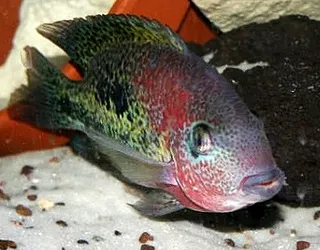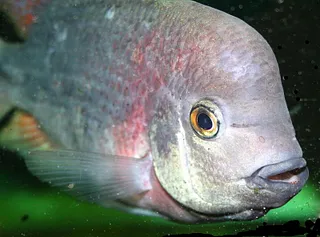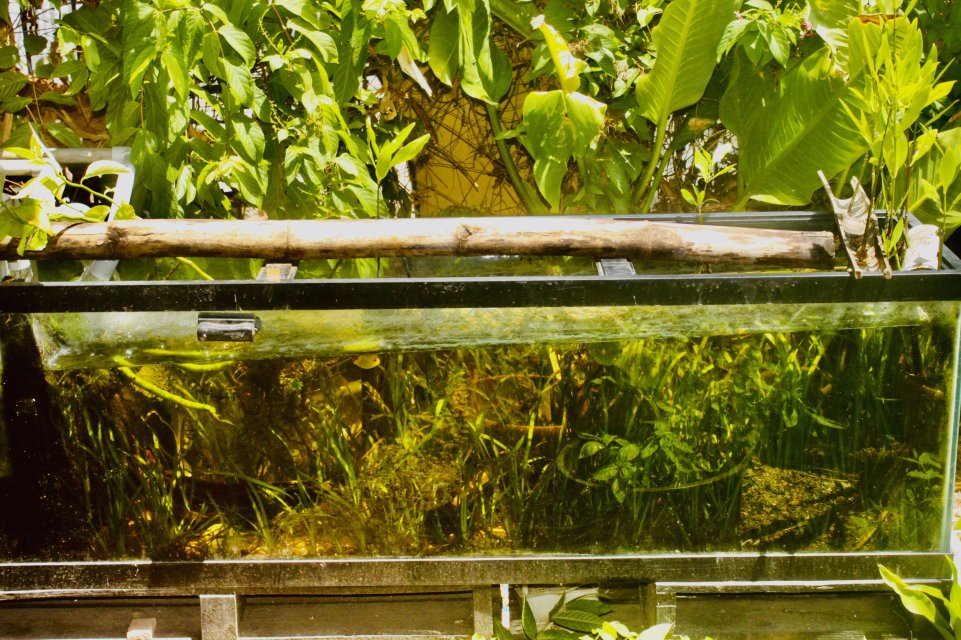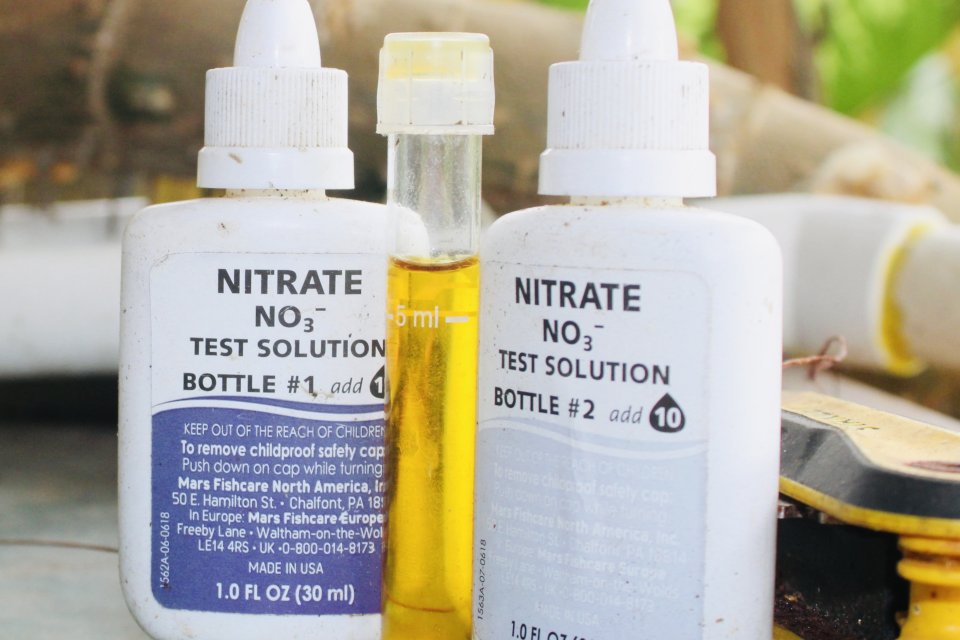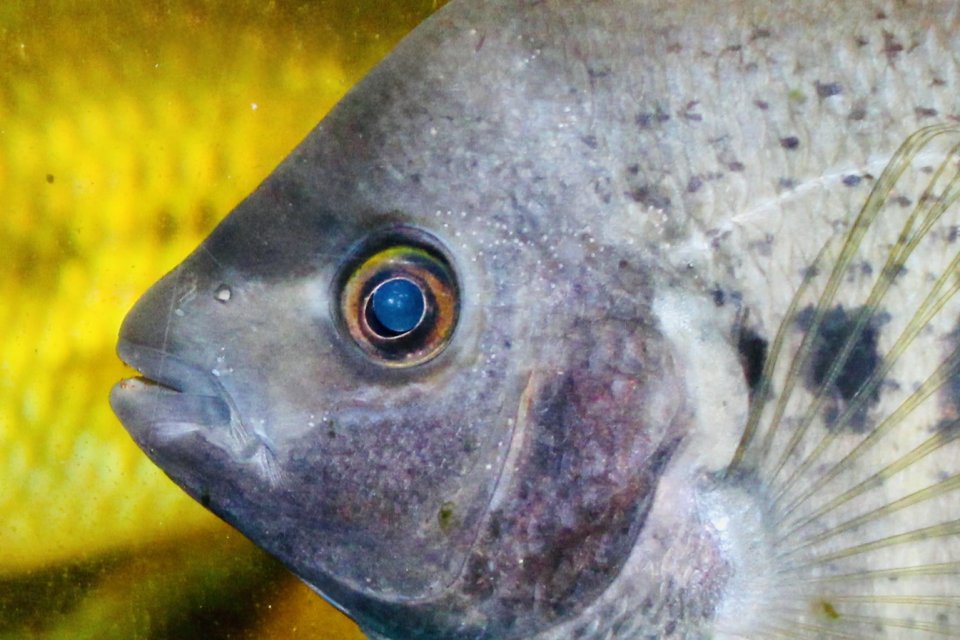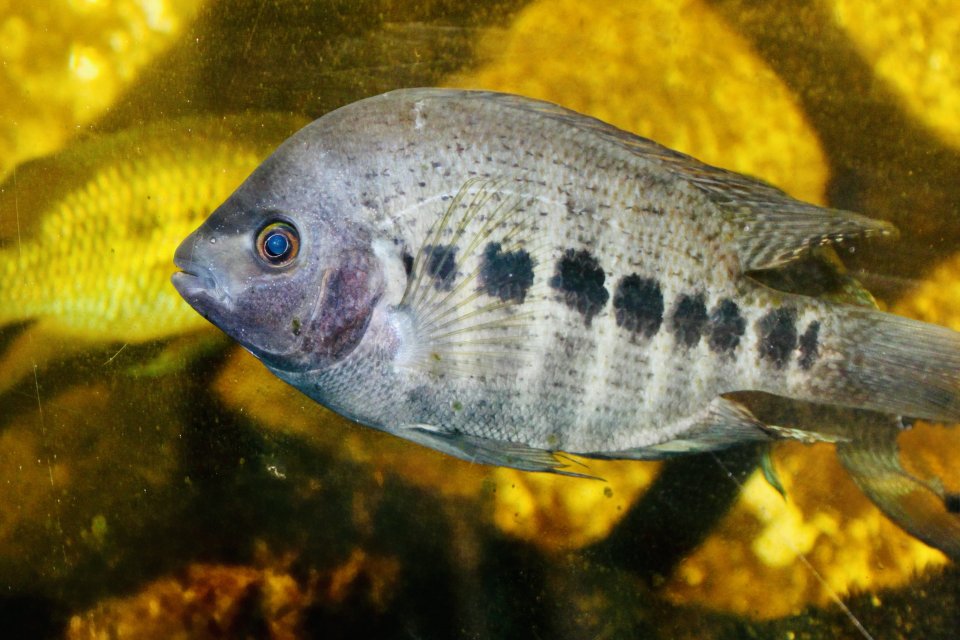Hi, I am new to this forum. I need help identifying the species of these fish. I bought them from the same store and from the same tank. The store owner told me they are some type of veijas. Look like they are from the same breeding batch. I have had them for 3 weeks and they are now about 2 inches. When I first bought them, the darker one (on the left) was about 1.5x bigger in the size than the brighter one, but now they look like about the same size. I guess the brighter one grows faster because it does eat more. However, the darker one does eat algae from the rocks. Both have a bit different diet, and their poops are different also. For now I am keeping them in a 55 gallon tank. They seem to get along, but the darker one seems more aggressive and dominant. The brighter one was so shy at first, but now becoming more active across the tank. Questions:
1) Are they really veijas?
2) If they are, which species of veijas?
3) Can you tell whether they are male or female?
Let me know if you need more info or pictures. Let me know on how to better take care of them. Fully appreciated.
- Raja Eungkot
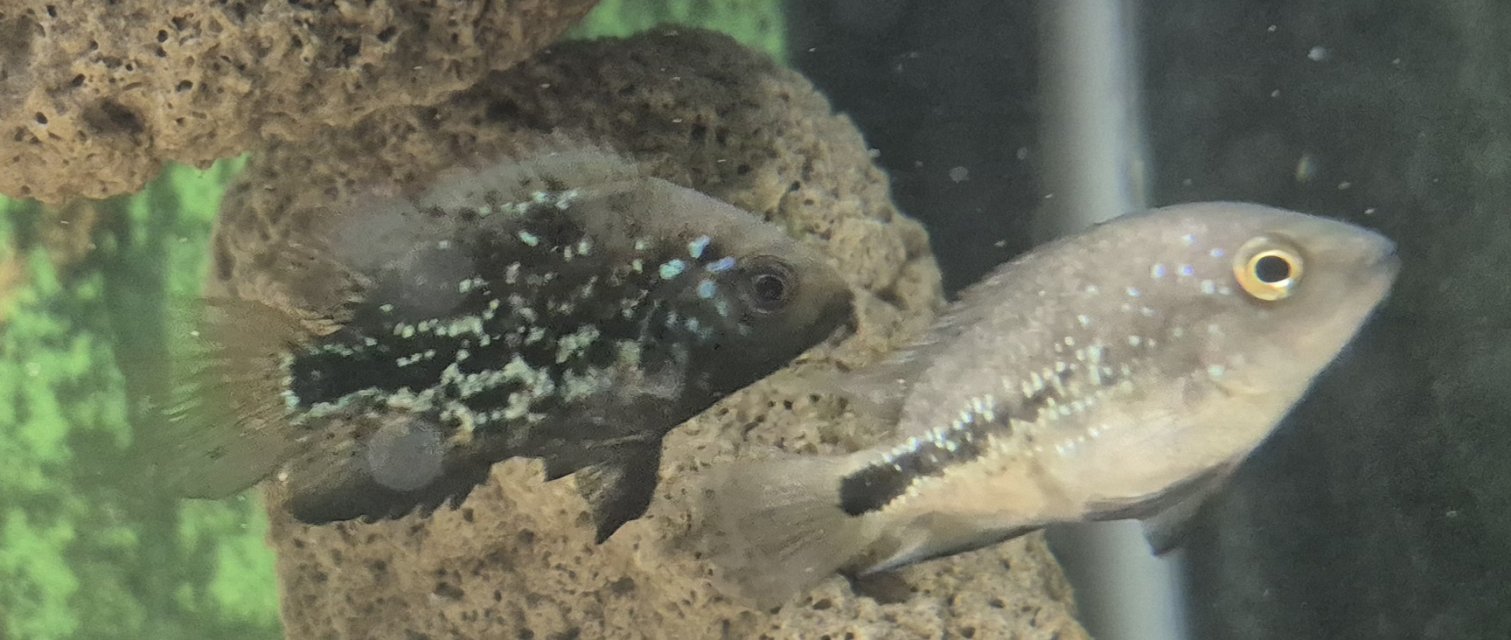
1) Are they really veijas?
2) If they are, which species of veijas?
3) Can you tell whether they are male or female?
Let me know if you need more info or pictures. Let me know on how to better take care of them. Fully appreciated.
- Raja Eungkot




